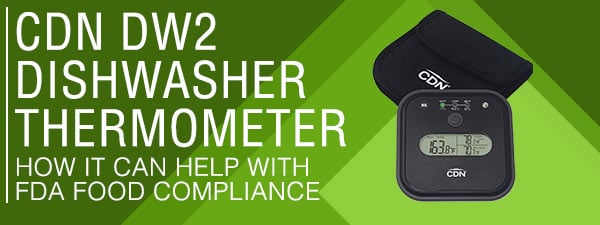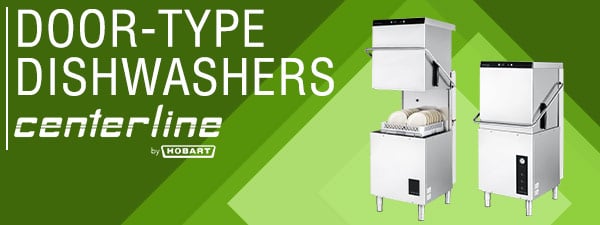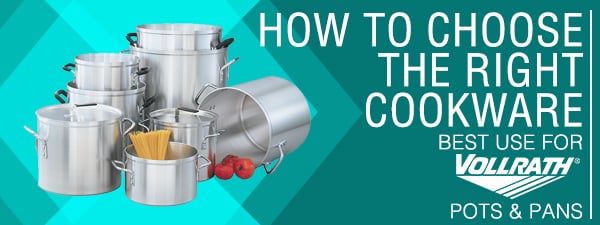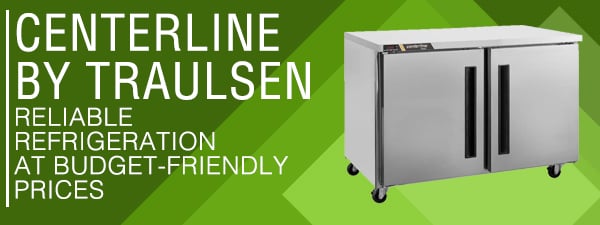Put Food Safety First | September is National Food Safety Education Month
- Sep 1, 2019
- 0 Comments

Put Food Safety First
Spread the word and put policies in place to prevent food poisoning and promote wellness for National Food Safety Education Month.
According to the CDC, there are four steps to food safety - clean, separate, cook, and chill. Come to Rapids for all the supplies you need to handle these demands with ease.
Step 1: Follow Proper Sanitation Guidelines
Three-Compartment Sinks
Cleaning and sanitizing is clearly one of the most important components of keeping your food safe - preparing food with dirty utensils and equipment is a sure-fire way to ensure someone gets food poisoning.
That's where a three-compartment sink comes into play. It plays such an important role in cleaning and sanitizing that most health codes mandate that you have one. Even if you can fulfill this requirement by having a dishwasher instead, a three-compartment sink is still a good investment because it provides a backup if your dishwasher should ever break down.
Three-Compartment Sink Usage Protocols
1. The first compartment is used for washing. You will need to use a detergent, and the water will need to be 110 degrees Fahrenheit or higher.
2. After you're done washing, you will rinse away the suds in the second compartment. The water in this sink will need to be at least 120 degrees Fahrenheit, although you will want to doublecheck your local health codes, as some require the temperature to be even higher.
Use our Krowne Chlorine Test Strips to determine when you need to change the water.
3. Sanitizing is done in the third sink. This can be done one of two ways: with hot water or with chemicals.
If you choose the hot water method, the temperature will need to be at least 171 degrees Fahrenheit, and you will need to submerse your smallwares for at least 30 seconds. If you prefer the chemical method, you can use our BTF Sanitizer.
Act Now!
Rapids is offering a stupendous deal on a scratch & dent three compartment sink!
Bar Glassware Sanitation
Used in conjunction with a three-compartment sink, our glass washers are designed to help you get spotless and thoroughly sanitized glassware every time.
The Bar Maid Upright Electric Glass Washer and Bar Maid Submersible Electric Glass Washer let you clean your glasses right at the bar. They are both designed to quickly scrub away stubborn spots using a 1/3 HP motor and five easy-to-change spinning brushes.
We have several types of detergent specifically designed for electric washers: LFD detergent (available in tablet or liquid form), low suds beer glass cleaner, and Bar Maid Losuds detergent.
Rapids also offers manual glass washers (with two or three brushes) that are perfect for establishments with lower volume or for times when you just have a few pieces to clean.
Detergents that work well with manual washers include TDC detergent (choose from 1/2 oz. pouches, powder, or liquid form) or TAB-DET tablets.
Step 2: Separate to Prevent Cross Contamination
Food prep allows for many opportunities for products like poultry, seafood, and eggs to contaminate other foods.
One way to reduce this risk is by using color-coded cutting boards (12" x 18" or 18" x 24"). The different colors will make it easy for all members of your staff to segregate their preparation processes, protecting the health of your customers.
Brown is for cooked meat, blue is for seafood, green is for vegetables, red is for raw meat, yellow is for poultry, and white is all-purpo
Step 3: Ensure Proper Internal Temperature
Making sure your food is being held at or cooked to the correct temperature will help you identify and eliminate potential for bacteria growth.
Rapids carries a number of different thermometers to make checking the temperature in different situations simple: the CDN Folding Thermocoupler Thermometer lets you quickly check the temperature of thin cuts of meat or items on your salad bar, the CDN Fresh Food Thermometer can go right inside your hot holding cabinet so it's easy to tell that your food is still at a safe temperature, and the CDN Meat/Poultry Thermometer can stay in a roast while it cooks!
There are also several thermometer options that work well in a variety of circumstances: the CDN Waterproof Pocket Thermometer has a range of -40 to +450 degrees Fahrenheit and has a six-second response time, the CDN Thin Tip Thermometer has the same range with a 1.5mm thin tip, and CDN Digital Pocket Thermometer can measure -50 to +392 degrees Fahrenheit and has an easy one-button operation.
Step 4: Chill Perishables Within Two Hours
If you work in the foodservice industry, you've surely heard of the Danger Zone. It's referring to temperatures between 40 and 140 degrees Fahrenheit - that's when the bacteria that can cause food poisoning grows the fastest.
To ensure your food moves through those temperatures as quickly as possible, reducing the amount of time bacteria has to grow, you should refrigerate perishables within two hours (if the food is exposed to temperatures higher than 90 degrees Fahrenheit, that window shortens to one hour.
If you don't have enough cold storage space (or if your refrigeration is in need of an upgrade), we recommend a Volition reach-in! This brand is exclusively provided by Rapids Wholesale, and these units offer easy temperature control, superior maintenance, foamed-in-place polyurethane insulation, a stainless steel interior and exterior, and a one-year parts and labor warranty/5-year compressor warranty.
Volition reach-ins are available as either a freezer (27"W one-door or 55"W two-door) or a refrigerator (27"W one-door or 55"W two-door).
Prices accurate at time of publication.

























